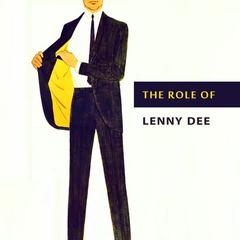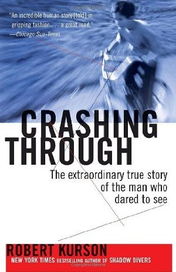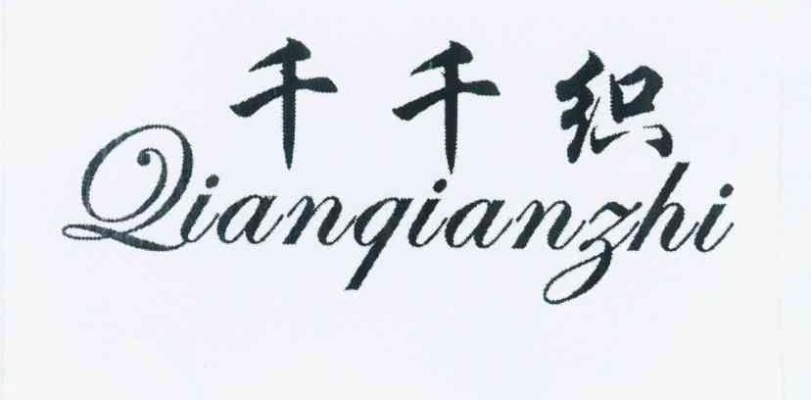Embracing Sustainable Textile Design in Jiangxi:A Journey to Greener Futures
Introduction: In the realm of fashion and textile design, sustainability is not just a trend but a necessity. As we delve deeper into the world of Jiangxi's eco-friendly textile industry, let us explore how innovative designs can be crafted that not only meet our aesthetic needs but also contribute towards a greener planet. In this article, we will discuss the importance of sustainable textiles, highlight some successful case studies, and offer insights on how to incorporate these principles into your own design journey.
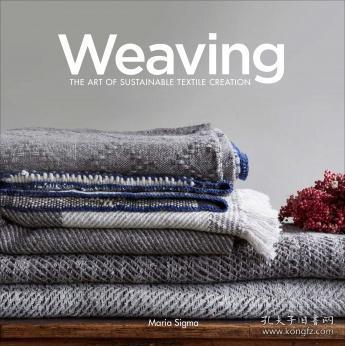
Importance of Sustainable Textiles: Textiles are an integral part of our daily lives, from clothing to furnishings. However, their production often comes at a significant environmental cost. The use of non-biodegradable materials, excessive water usage, and energy consumption are just a few examples of the negative impact textiles have on the environment. On the other hand, sustainable textiles, which prioritize eco-friendliness, can help reduce waste, minimize water pollution, and conserve natural resources. By adopting these practices, we can contribute to a healthier planet for future generations.
Case Studies:
-
Traditional Weaving Techniques in Jiangxi: Jiangxi, known for its rich cultural heritage and traditional craftsmanship, has been embracing sustainable textile design with renewed vigor. One such example is the adoption of traditional weaving techniques like silkworm farming and bamboo cultivation in textile production. These methods not only preserve the ecological balance but also ensure the quality and longevity of the fabrics. For instance, the use of organic cotton grown using sustainable farming practices ensures that the textiles produced are free from harmful chemicals and pesticides.
-
Recycled Materials in Fashion Design: Another area where sustainable textile design shines is in fashion. Many designers are incorporating recycled materials into their collections, reducing the demand for new raw materials and minimizing the environmental impact of production. For instance, Patagonia, a leading outdoor gear company, has been promoting the use of recycled polyester in their clothing line. This not only reduces the carbon footprint associated with manufacturing new polyester but also promotes circular economy principles.
-
Eco-Friendly Textile Finishes: The finishing process is another crucial aspect of sustainable textile design. Many companies are now opting for eco-friendly finishes such as biodegradable dyes, water-based coatings, and low-VOC (volatile organic compounds) solvents. These alternatives not only protect the environment but also enhance the durability and appearance of the fabrics. For example, the use of plant-based dyes in textiles reduces the release of harmful chemicals into the environment during washing and drying.
Tips for Incorporating Sustainable Textile Design:
-
Research and Choose Sustainable Raw Materials: Before starting any design project, it's essential to research and choose sustainable raw materials. This could include organic cotton, bamboo, recycled polyester, and other eco-friendly fibers. You can also consider sourcing materials directly from small-scale farmers or manufacturers who prioritize ethical and environmentally responsible practices.
-
Use Renewable Energy Sources: When working with traditional weaving techniques or printing processes, it's important to use renewable energy sources like solar or wind power to minimize the environmental impact of electricity consumption. This not only helps in reducing carbon emissions but also supports local communities that rely on these resources for their livelihoods.
-
Advocate for Circular Economy: Circular economy principles aim to maximize the use of resources and minimize waste. By designing products that can be reused or repaired instead of being discarded, you can significantly reduce the amount of waste generated. For instance, designing garments with multiple uses, such as convertible jackets that can be worn in different ways, can help extend the lifespan of the product and reduce textile waste.
-
Promote Education and Awareness: Finally, it's essential to educate consumers about the importance of sustainable textiles and the benefits they bring to the environment. This can be done through social media campaigns, blog posts, or workshops where designers share their experiences and knowledge about sustainable textile design. By raising awareness, you can inspire more people to adopt eco-friendly habits in their daily lives.
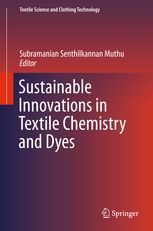
Conclusion: In conclusion, Jiangxi's eco-friendly textile industry is emblematic of our commitment to sustainability. By incorporating sustainable principles into our design work, we can create products that not only look good but also benefit the planet. From choosing sustainable raw materials to promoting circular economies, there are numerous ways in which we can make a difference. So, let's embrace the future of sustainable textile design and pave the way for a greener tomorrow.
江西环保针纺织品设计概述
江西作为中国的重要纺织产业基地,近年来在环保针纺织品设计方面取得了显著成就,本文将介绍江西环保针纺织品设计的入门知识,包括其背景、现状以及未来发展趋势。
江西环保针纺织品设计的背景与现状
-
背景介绍 江西纺织产业历史悠久,拥有丰富的原材料和先进的生产技术,近年来,随着国家对环境保护的重视和政策支持,江西纺织产业在环保针纺织品设计方面取得了显著进步。
-
现状分析 江西环保针纺织品设计主要表现在以下几个方面:采用环保材料、注重绿色生产、注重产品创新和个性化设计,江西的纺织企业也在不断探索新的设计理念和技术,提高产品的环保性能和附加值。
江西环保针纺织品设计的入门知识
-
设计原则 江西环保针纺织品设计的原则包括绿色环保、可持续性、个性化、时尚性等,设计师应注重产品的环保性能和可持续性,同时注重产品的个性化设计和时尚性。
-
设计流程 江西环保针纺织品设计的流程包括市场调研、材料选择、结构设计、工艺研发、样品制作等环节,设计师应深入了解市场需求和消费者喜好,选择合适的材料和工艺,进行结构设计和工艺研发,最终制作出符合市场需求的产品。
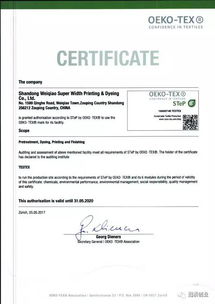
江西环保针纺织品设计的案例分析
某品牌环保针纺织品设计 某品牌在江西地区推出了一款环保针纺织品产品,采用了可降解材料和绿色染料,注重产品的绿色环保和可持续性,该产品设计简约大方,时尚个性,深受消费者喜爱。
某企业绿色生产实践 某企业在江西地区实施了绿色生产实践,采用了先进的生产技术和环保材料,提高了产品的环保性能和附加值,该企业注重产品的个性化设计和时尚性,不断探索新的设计理念和技术,提高了产品的市场竞争力。
江西环保针纺织品设计的未来发展趋势
-
绿色环保趋势 随着国家对环境保护的重视和政策支持,江西纺织产业将更加注重绿色环保,推广使用环保材料和绿色生产技术,提高产品的环保性能和附加值,江西的纺织企业也将更加注重产品的个性化设计和时尚性,推动产品创新和发展。
-
个性化趋势 随着消费者需求的不断变化和市场竞争的加剧,江西的纺织企业将更加注重产品的个性化设计和时尚性,满足消费者的个性化需求,提高产品的市场竞争力,江西的纺织企业也将积极探索新的设计理念和技术,推动产品的发展和创新。
江西作为中国的重要纺织产业基地,在环保针纺织品设计方面取得了显著成就,江西的纺织企业将继续探索新的设计理念和技术,提高产品的环保性能和附加值,推动产业的可持续发展,江西也将加强与国内外企业的合作交流,共同推动纺织产业的创新和发展。
Articles related to the knowledge points of this article:
Cost of Beijing Textile Chemical Cleansing Agents
Global Ranking of Textile Export Companies:A Comprehensive Analysis
Leather-Soaked Luxury:A Deep Dive into the World of Yecheng Textiles

